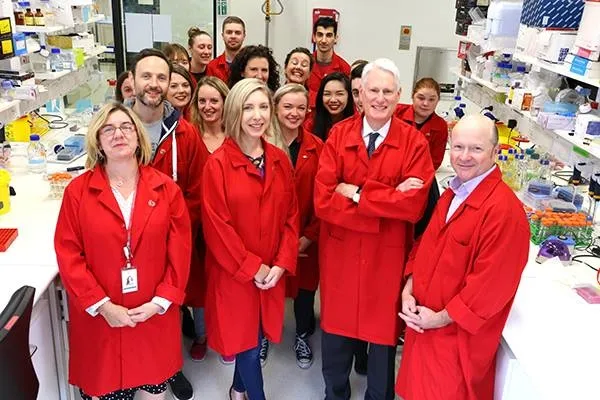A new type of non -fibrillator insulin could improve clinical supply to people with diabetes.This has made it clear a study published in the Journal of American Chemical Society, which has been funded by the National Health and Medical Research Council of Australia.
Professor Akhter Hossain's team of the Florey Institute for Neuroscience and Mental Health, has managed to synthesize an analogue of insulin called glycinsulin that achieves the same reducing effects on glucose levels as native insulin, but without the formation of fibrillas.
These fibrils can arise when insulin compounds pile up to form lumps, which can interfere with insulin administration through infusion pumps.This can cause subsification that can even become deadly.
The discovery of glycinsulin offers a new solution to patients because "not only does it not form fibrils, even at high temperatures and concentrations, but is also more stable in human serum than native insulin," says Professor Hossain."These findings could position glycinsulin as an excellent candidate for use in insulin bombs and a way to improve the useful life of insulin products," he adds.
Specifically, more than 25,000 people in Australia and more than 350,000 people in the United States use insulin bombs for the control of their diabetes.Pump dissemination equipment must be replaced every 24 to 72 hours to reduce the risk of fibrils formation.In the United States alone, almost 900 million euros per year (1 billion dollars) could be saved if the insulin use period increased by two to six days.
"We hope to optimize the production process of glycinsulin so that this compound can be investigated more thoroughly in more clinical studies," says Professor Hossain.In this study, the engineering developed by professors Ryo Okamoto and Yasuhiro Kajihara of Osaka in Japan in Japan has also been fundamental, based on a complex method using egg yolks.
"Typically, chemical modification generates structural destabilization and inactivation, but we could synthesize glycinsulin successfully so that it retains a helical structure similar to insulin. The result is an almost completely active insulin analogue that has demonstrated an almost native union to receptors ofInsulin in laboratory and animals studies, "explains John Wade, who has co -directed this study.
The CEO of Diabetes Australia, Greg Johnson, has favorably received the results of the study and has concluded that "almost 100 years have passed since the discovery of insulin and it is very exciting that we see new discoveries of insulin and molecules similar to the insulin they haveThe potential to relieve loading and day -to -day cost for people with diabetes. "


